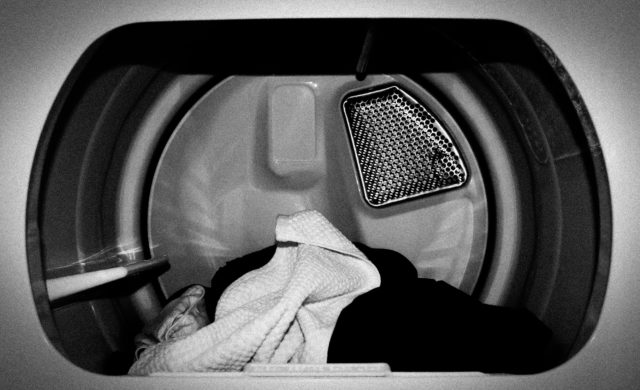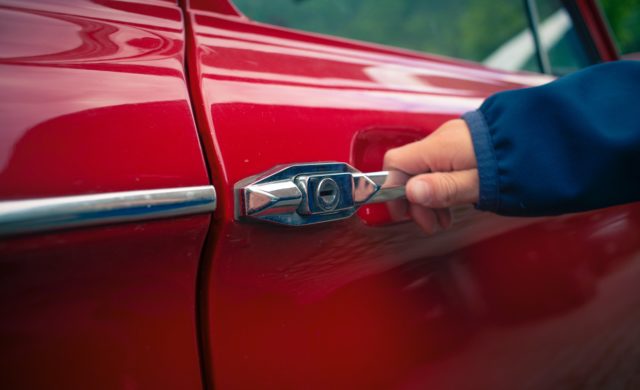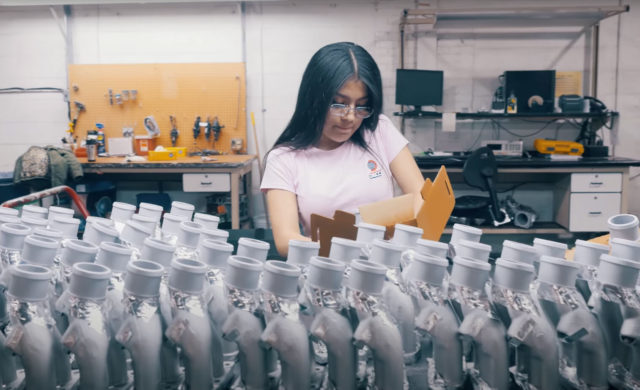In the past few months, we have solved two different noise issues for the same customer on a part already in production. They both involved a squeak in the side view mirrors when the automatic fold in option was engaged. In both cases, the solution involved the application of a dry-film lubricant.
The first problem was presented to us, we suggested a coating, it was tested and passed, and we were off and running production.
The second problem was presented to us about three months later. Same issue, but in a different area of the mirror. This time, we suggested a different coating.
Why would we suggest two different coatings to solve the same issue of noise reduction? The answer is multifaceted, but it is an illustration of how there is never a cookie cutter solution to solving part performance issues…even if the issues are identical.
Not all dry-film lubricants are the same as there are hundreds of different kinds on the market. Very small variations in their makeup are ultimately very big considerations when suggesting them as a solution to a part performance challenge.
For instance, the first problem mentioned involved a plated palnut interfacing with a plastic washer. Our suggestion was a Henkel product called Bonderite S-FN 334. This resin-bonded dry film lubricant provides excellent release and abrasion resistant qualities. We suggested this coating because it could be cured at a lower temperature, which was a necessity due to the palnut being plated, and because we felt the abrasion resistance of the coating would hold up well against a durable plastic washer. We were right and the coating solved the squeak issue.
The second problem mentioned involved a plated post that was interfacing with a torsion spring. The post was barrel plated which produced a rough finish (surface roughness is one of the leading contributors to noise) and the plating sealer contained no friction modifiers.
In this instance we suggested a proprietary coating blend that is rich in PTFE, graphite, and molybdenum disulfide. This coating is also cured at a lower temperature so it would not deteriorate the plating. However, the main reason for this choice was the inclusion of graphite and molybdenum disulfide in the coating.
Graphite and moly-disulfide, when part of a coating resin system, are capable of transferring to mating components which ultimately creates two lubricious surfaces. Given this post interfaced with a spring was the reason we chose the resin system we did, as opposed to the one we chose for the palnut. Not only would the coating transfer to the ID of the spring, it would “wrap” in between the coils and transfer to other mating components, increasing the coating’s performance and longevity.
Substrate type, prior surface treatments, component operating environment, interfacing components, and a variety of other issues are all important contributing factors when trying to solve a part performance challenge with a functional coating application.
If you are not asked for clarification about any of the above when presenting your challenge to a coating manufacturer or applicator and they just offer a “solution,” contact DECC. We may be able to solve your problem, but we recognize the limitations of the coatings we apply. And if we cannot help you with a solution, we will help you find someone who can.
Related Articles

Reduce Plastic Sticking with Dryer Panel Coatings
DECC SOLVES PROBLEM OF PLASTIC STICKING TO DRYER PANELS

Coatings for a Quiet Ride
As cars have gotten quieter and quieter over the years, auto makers have...

Dip Spin vs. Rack Spray – Why Not Both?
When it comes to the application of liquid-based functional coatings, there are two...

